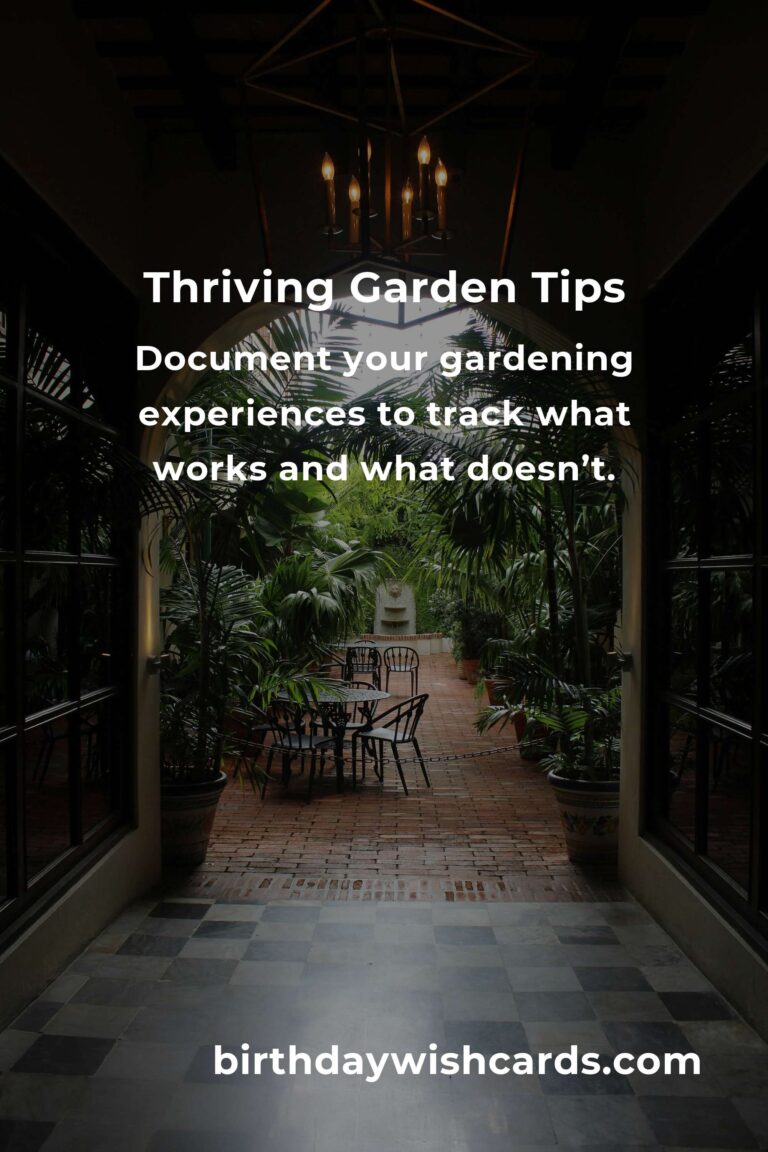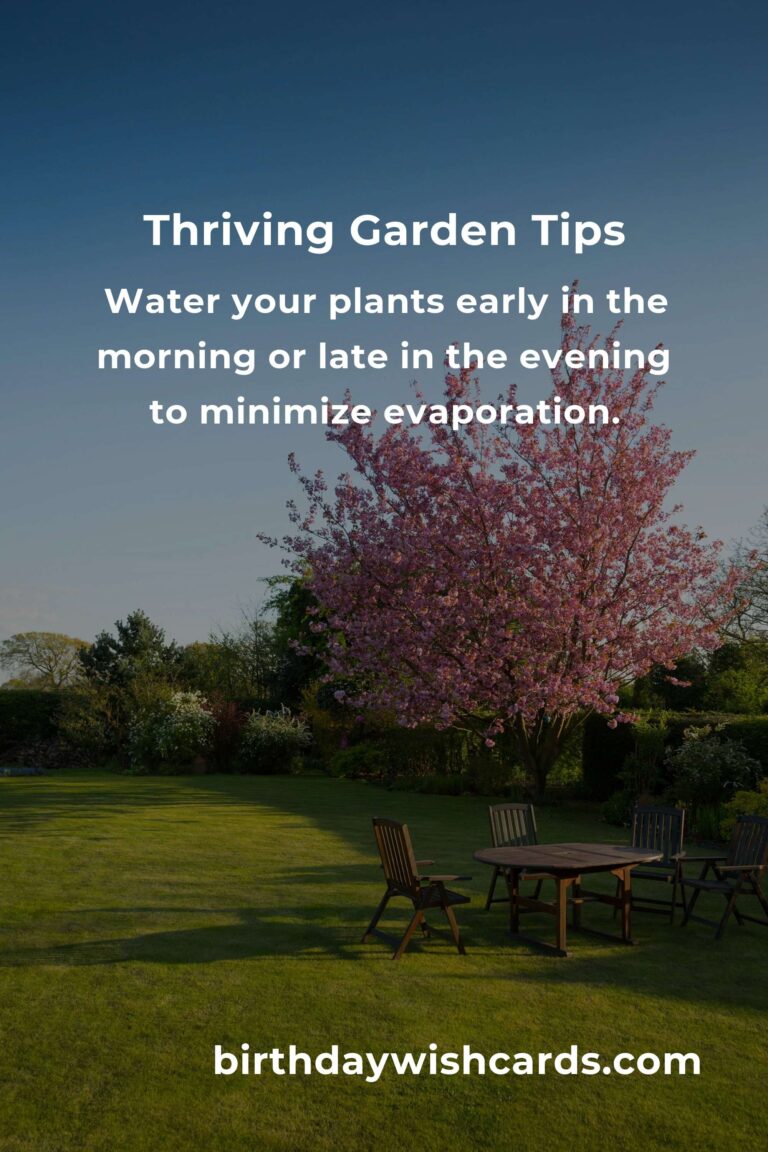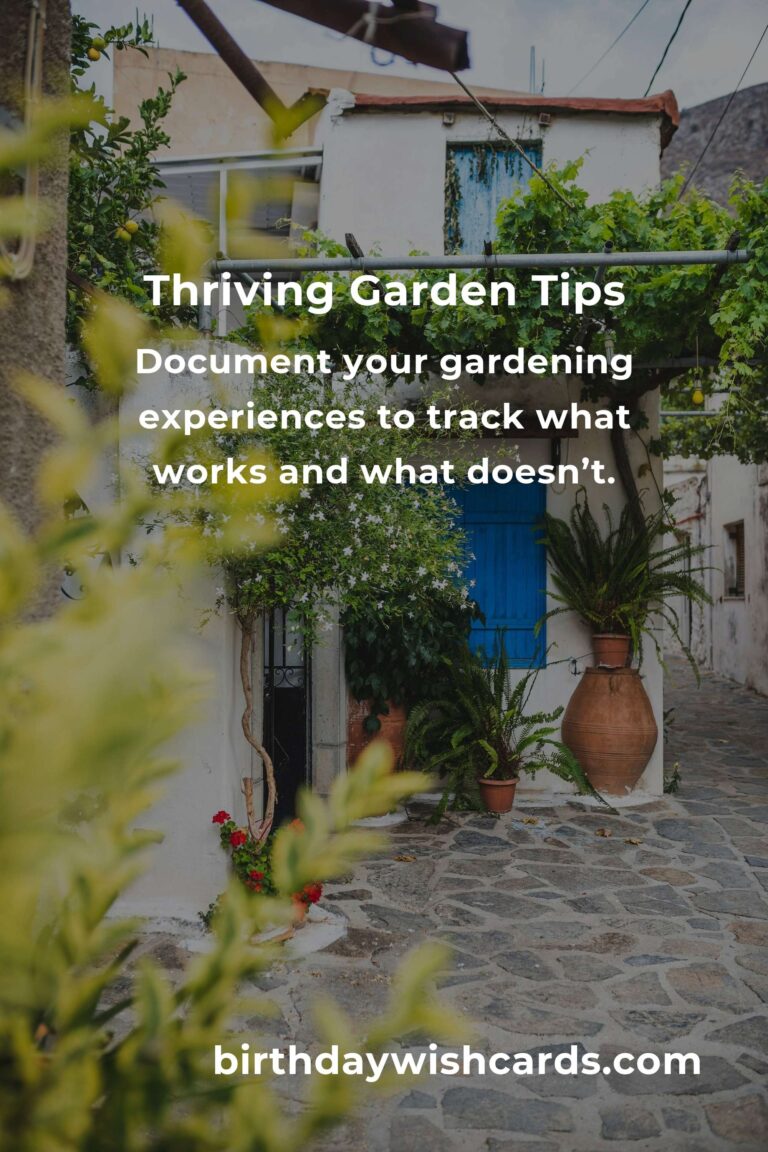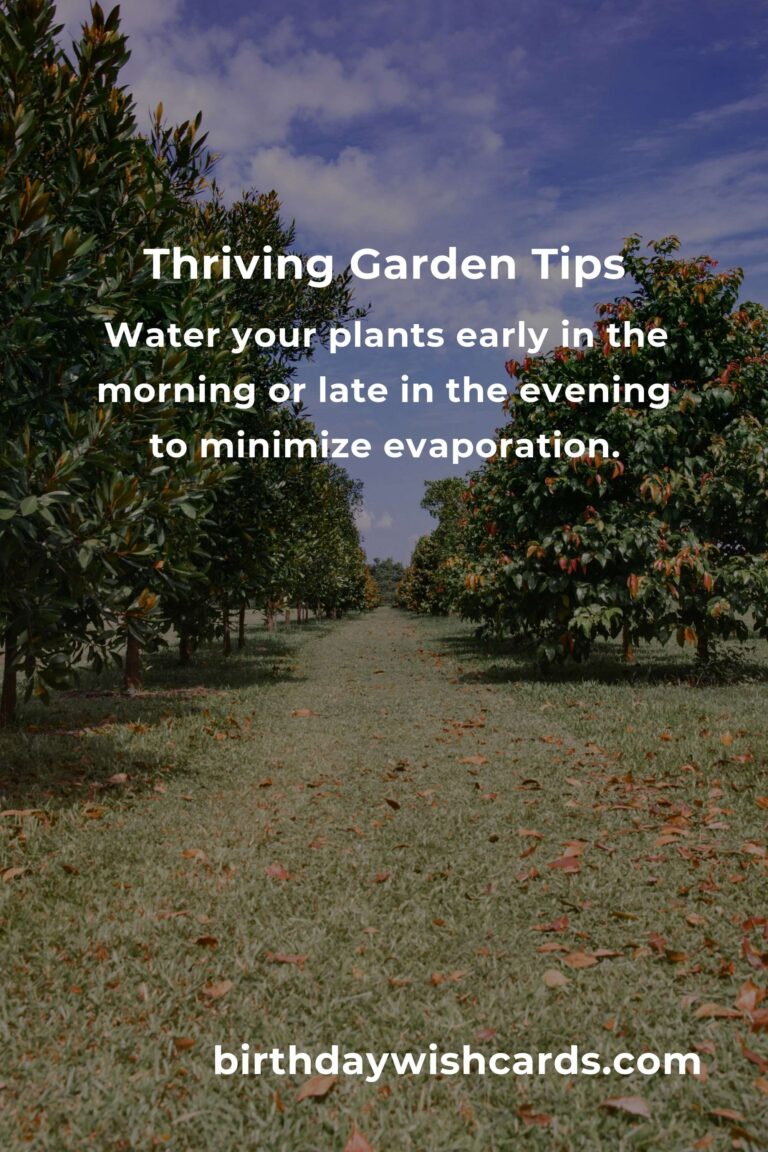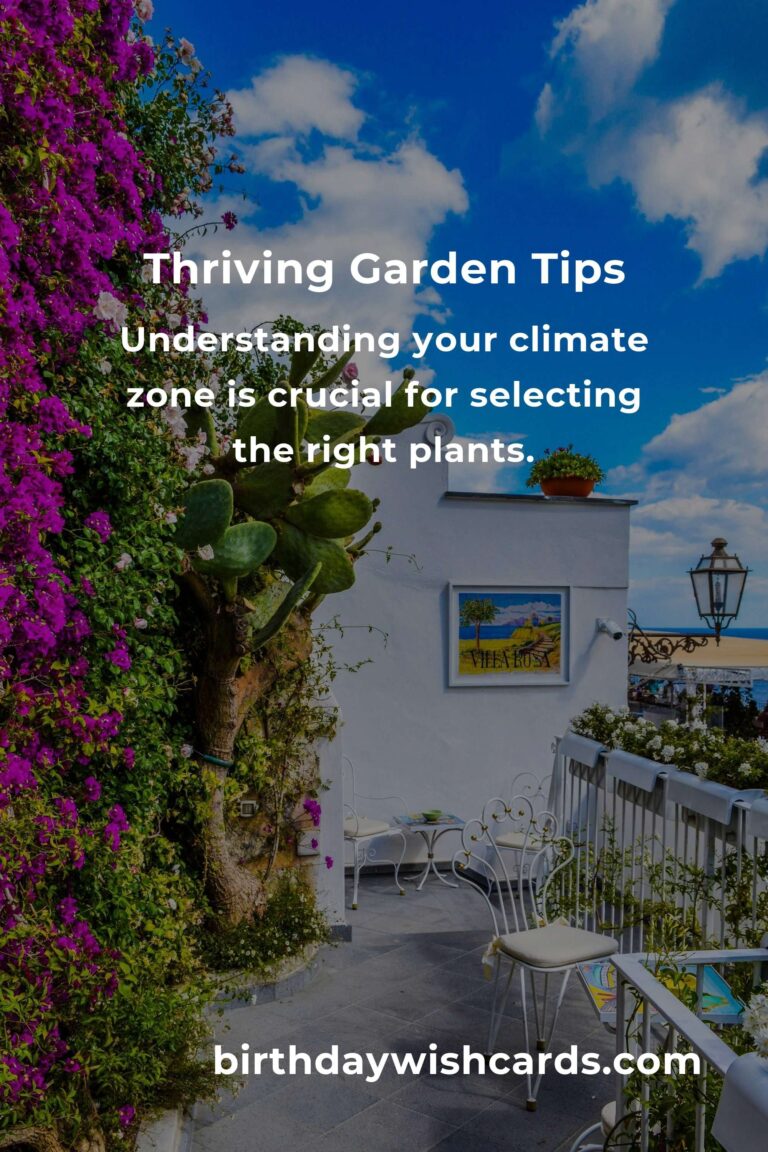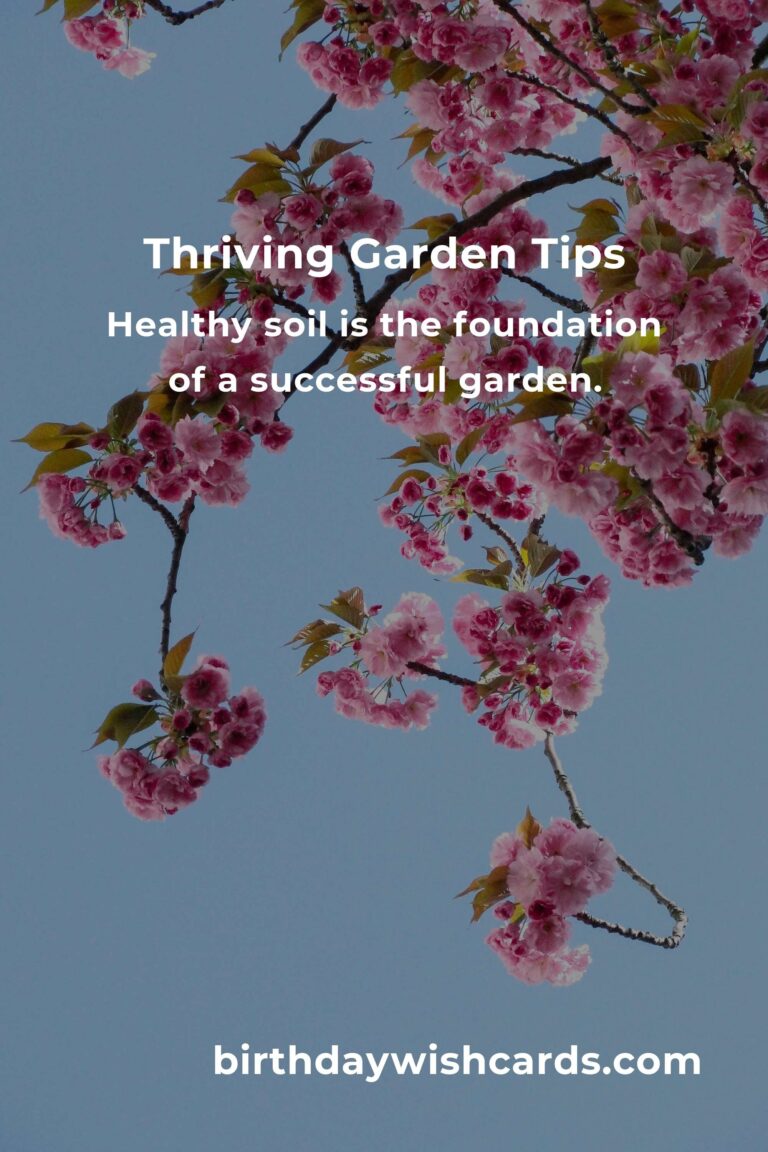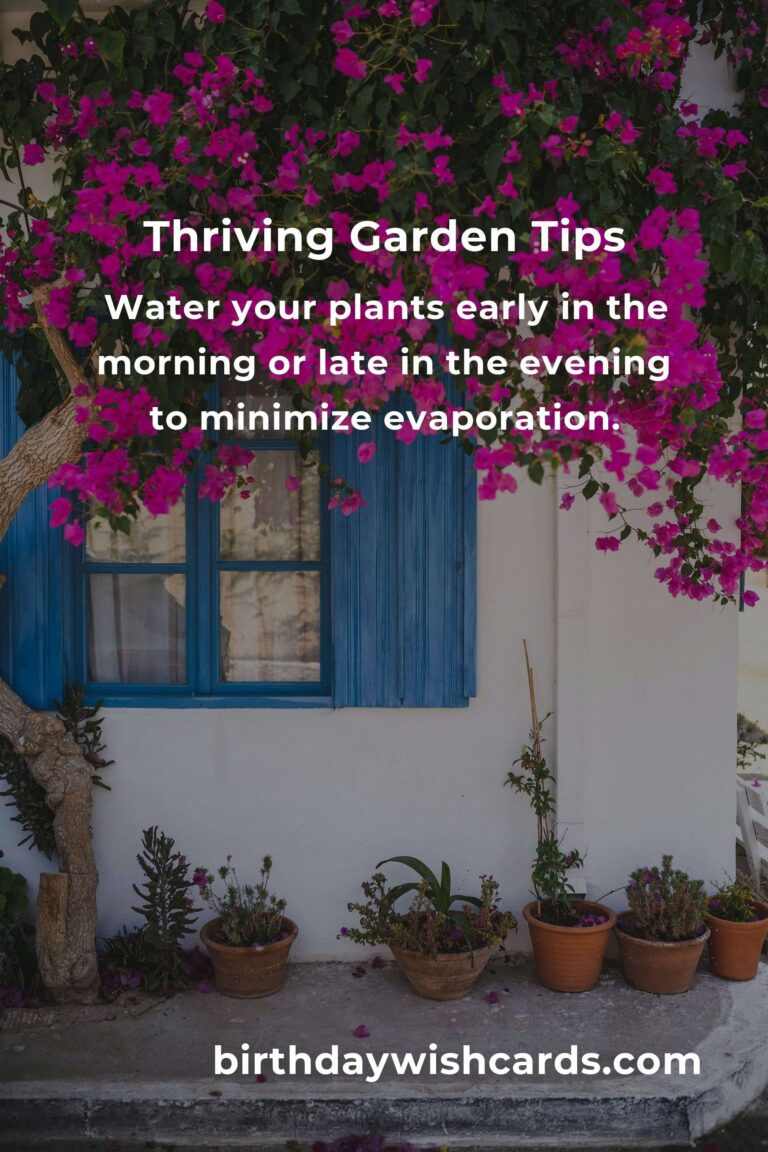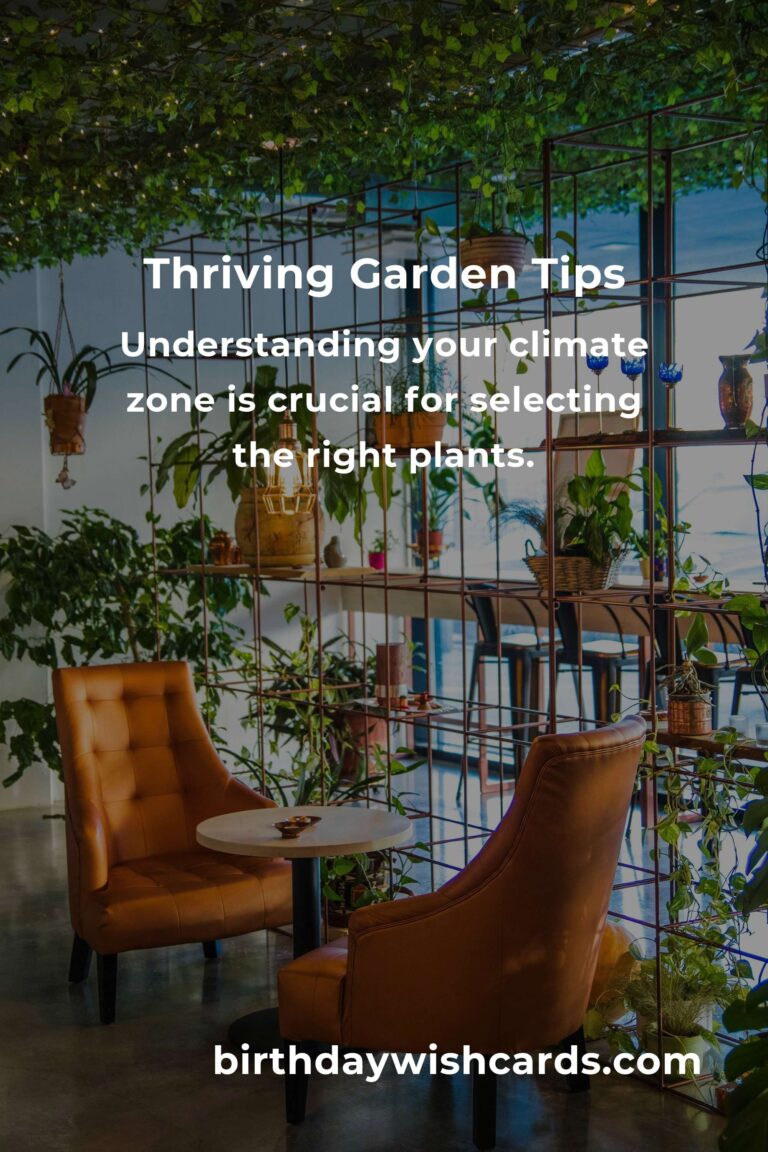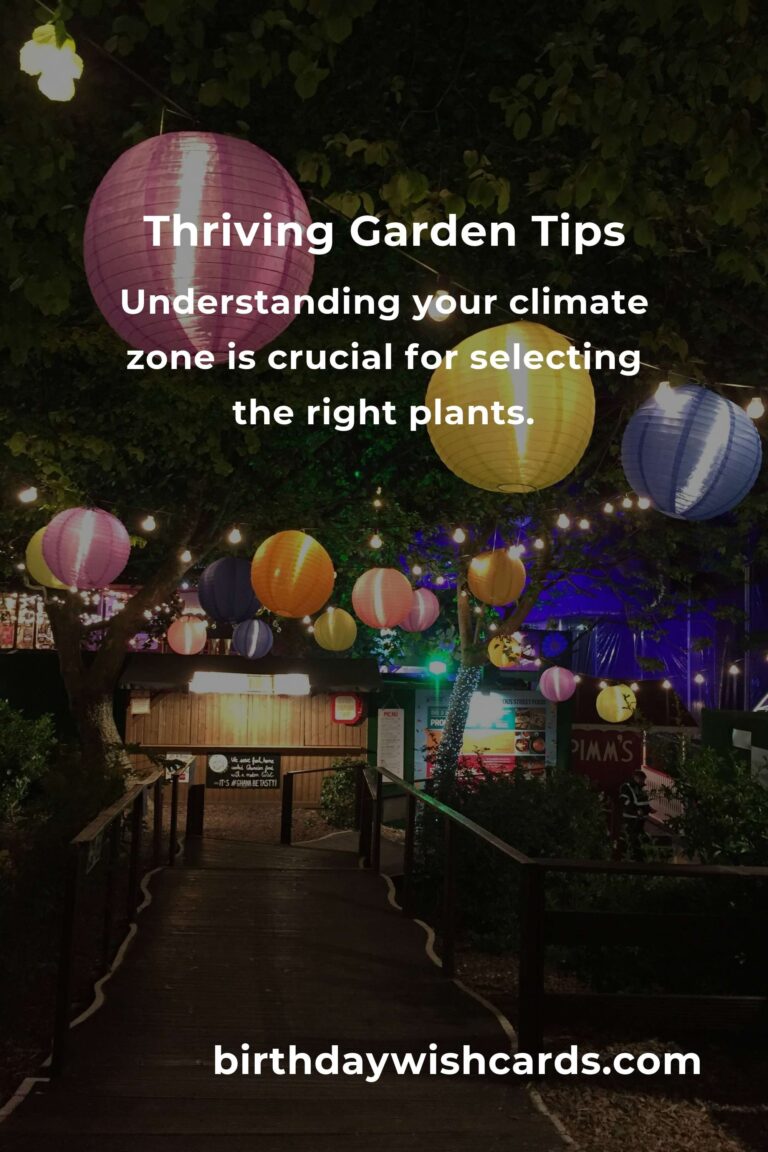
Gardening is not just a hobby; it’s an art form that requires patience, knowledge, and a bit of creativity. Whether you’re a seasoned gardener or a novice, these top 29 gardening tips will help you cultivate a lush and vibrant garden.
1. Know Your Zone
Understanding your climate zone is crucial for selecting the right plants that will thrive in your area. Use the USDA Hardiness Zone Map to determine which plants are best suited for your region.
2. Soil Health is Key
Healthy soil is the foundation of a successful garden. Regularly test your soil to check its pH and nutrient levels. Add organic matter like compost to enrich it.
3. Choose the Right Plants
Pick plants that are suitable for your climate, soil, and light conditions. Consider native plants as they are typically more resilient and require less maintenance.
4. Water Wisely
Water your plants early in the morning or late in the evening to minimize evaporation. Use drip irrigation systems to deliver water directly to the roots.
5. Mulching Matters
Apply mulch to retain moisture, suppress weeds, and regulate soil temperature. Organic mulches like straw or bark can also improve soil fertility as they decompose.
6. Companion Planting
Some plants grow better together. For instance, tomatoes and basil are great companions, as basil can repel pests that attack tomatoes.
7. Rotate Your Crops
Change the location of your plants each season to prevent soil depletion and reduce the risk of pests and diseases.
8. Prune Properly
Regular pruning encourages growth and removes dead or diseased branches. Learn the right techniques for each plant type.
9. Pest Control
Use natural pest control methods like introducing beneficial insects or using neem oil. Avoid chemical pesticides that can harm beneficial organisms.
10. Fertilize with Care
Use organic fertilizers to provide nutrients to your plants. Compost tea and fish emulsion are excellent natural options.
11. Plan Your Garden Layout
Design your garden layout for optimal sunlight exposure and space utilization. Raised beds can be an effective way to manage space and improve drainage.
12. Start a Compost Pile
Composting is a sustainable way to recycle kitchen and garden waste into nutrient-rich soil. Start a compost bin to reduce waste and enhance soil quality.
13. Use Raised Beds
Raised beds improve drainage and soil quality. They can also make gardening more accessible and manageable.
14. Attract Pollinators
Grow a variety of flowers to attract pollinators like bees and butterflies, which are essential for plant reproduction.
15. Be Patient
Gardening is a process that requires time. Be patient and consistent, and you will see results over time.
16. Learn from Mistakes
Every gardener makes mistakes. Use them as learning opportunities to improve your gardening skills.
17. Grow What You Love
Plant what you enjoy eating or looking at. This makes gardening more rewarding and enjoyable.
18. Protect Against Frost
Use frost blankets or cloches to protect tender plants during unexpected cold spells.
19. Harvest Regularly
Regular harvesting encourages plants to produce more. Pick vegetables and fruits as soon as they are ripe.
20. Save Your Seeds
Save seeds from your best-producing plants to replant next season, fostering a more sustainable garden.
21. Use Vertical Space
Maximize space by growing vertically. Use trellises and supports for climbing plants like beans and cucumbers.
22. Keep a Gardening Journal
Document your gardening experiences to track what works and what doesn’t. This can be a valuable resource for future gardening seasons.
23. Control Weeds Early
Weeds compete with plants for nutrients and water. Remove them early before they become a problem.
24. Encourage Biodiversity
Grow a variety of plants to promote a balanced ecosystem in your garden. This attracts beneficial insects and deters pests.
25. Practice Crop Rotation
Rotate crops to prevent soil depletion and disrupt pest cycles. This helps maintain soil health and fertility.
26. Explore Different Gardening Styles
Experiment with various gardening styles like container gardening, hydroponics, or permaculture to find what suits your needs best.
27. Install a Rainwater Collection System
Collecting rainwater is an eco-friendly way to water your garden and reduce water bills.
28. Mindful Pest Management
Use integrated pest management strategies to balance pest control with environmental health.
29. Enjoy the Process
Finally, enjoy the process of gardening. It’s a therapeutic activity that connects you with nature and provides immense satisfaction.
By implementing these gardening tips and ideas, you can create a thriving garden that not only looks beautiful but also nurtures the environment. Remember, the key to successful gardening lies in understanding your garden’s needs and adapting to its unique ecosystem.
Understanding your climate zone is crucial for selecting the right plants. Healthy soil is the foundation of a successful garden. Water your plants early in the morning or late in the evening to minimize evaporation. Companion planting can help repel pests and improve plant growth. Document your gardening experiences to track what works and what doesn’t.
#Gardening #GardenTips #SustainableGardening #HomeGarden #PlantCare


